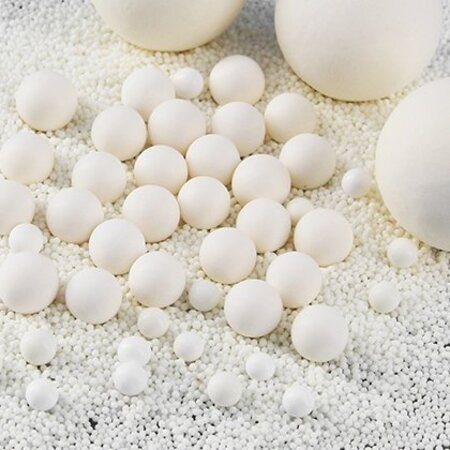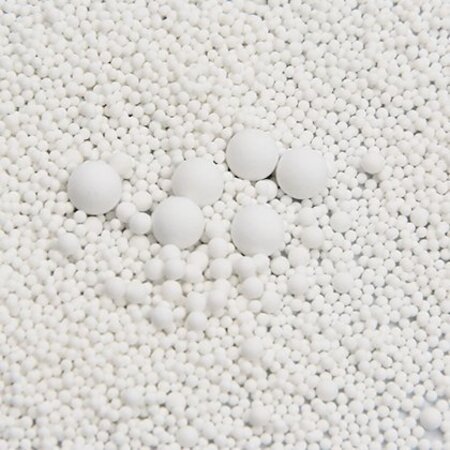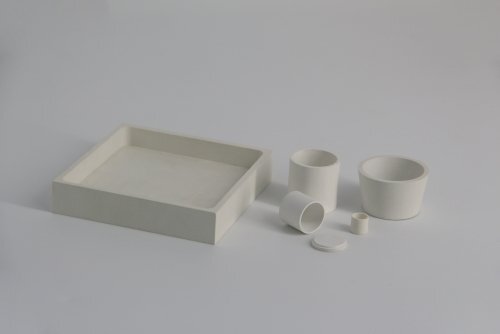Why Alumina Toughened Zirconia Ceramic Grinding Balls Matter in Coatings and Inks
The production of high-performance coatings and inks involves very intricate processes. It pays to note that the pigments and inks are blended interdependently. Their granulation and separation are dealt with, and the smoothness of the blend really matters. It is precisely here that Alumina Toughened Zirconia Ceramic Grinding Balls are needed most.
Let’s break this down.
Smooth Grind = Smooth Finish
In coatings and ink production, the grinding step is everything. You want pigment particles to be fine—really fine. Not just for consistency, but to make sure the final product flows well, looks good, and performs right. Rough grinding media won’t cut it. They wear fast, contaminate the mix, or just don’t get the job done.
Alumina Toughened Zirconia (ATZ) balls? Different story.
They’re tough. Hard as anything. But they also bring just enough resilience to keep from chipping or cracking under pressure. That balance—between strength and toughness—is what makes them special.
Fewer Contaminants, Better Colors
Think about bright white paint or a deep, glossy black ink. One speck of contamination can throw off the whole batch. And that’s the problem with some other grinding media—they shed particles as they wear. That mess ends up in your product.
ATZ grinding balls, on the other hand, resist wear like champs. They stay intact longer, which means fewer impurities, fewer surprises, and better control over your pigment purity. Cleaner inputs. Cleaner outputs.

Consistency You Can Count On
Ever had a paint batch that worked great one day, but turned out weird the next? Inconsistent particle sizes could be the reason. That’s another area where Alumina Toughened Zirconia Ceramic Grinding Balls help.
They grind evenly. And when the media stays consistent, your results do too. No sudden spikes. No unpredictable behavior. Just stable dispersions, batch after batch.
Long Life = Less Downtime
In a production setting, downtime is the enemy. Swapping out worn grinding media means stopping the line, cleaning the system, starting over. That eats up time—and money.
Because ATZ ceramic grinding balls are so wear-resistant, they last longer. Much longer. Which means fewer shutdowns, longer runs, and more product out the door.
Good for Wet or Dry Systems
Whether you’re making solvent-based inks, water-based coatings, or something in between—these grinding balls adapt. They perform well in both wet and dry milling systems. That flexibility is a big deal. You can use the same high-quality media across different lines and applications.
If you’re in the coatings or ink industry, and you care about color consistency, purity, and process efficiency—Alumina Toughened Zirconia Ceramic Grinding Balls are worth a serious look. They don’t just grind. They perform. Clean, reliable, and built to last.









